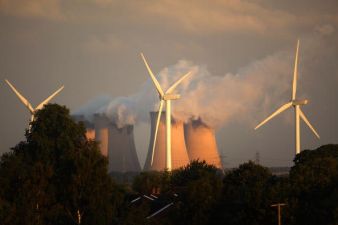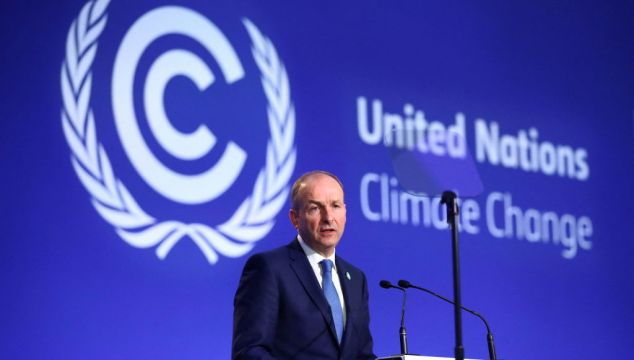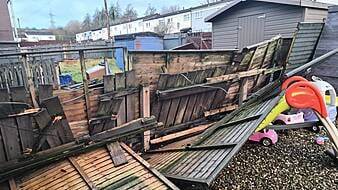Getting half a million more people a day walking, cycling and using public transport and an 80 per cent cut in emissions from electricity use are among the key elements of the Government's new climate action plan.
The Cabinet sub-committee on environment and climate change met on Wednesday night to sign off on the plan which will be presented by Minister for Climate Eamon Ryan on Thursday.
According to The Irish Examiner, the agricultural sector will be expected to cut its emissions by up to 30 per cent. However, Government sources told The Examiner that speculation about a reduction in the national herd is unfounded.
Instead, early calving and early slaughter of livestock are among the main measures being proposed to reduce emissions, as well as new breeding technology and better use of fertilizers.
As well as outlining different targets to help Ireland achieve its overall goal of reducing emissions by 2030, the plan sets out specific targets for individual sectors.
Emission reduction targets include:
- 22-30 per cent from agriculture
- 62-81 per cent from electricity use
- 29-41 per cent from enterprise
- 44-56 per cent from construction
- 42-50 per cent from transport
Other targets include a 45 per cent increase in the proportion of kilometres travelled by electric cars across the country.

Listed as an "important measure", the plan aims for an 80 per cent cut in emissions from electricity usage.
The Government has set a target of 5GW (5,000MW) of offshore wind electricity by 2030, a large increase. However, experts have previously warned Ireland will fail to meet its renewable energy targets if this aim is not met.
New measures will be implemented to phase out the public fleet of petrol and diesel vehicles, as well as schemes to incentivise sustainable trucks, buses and vans, with all new fleet purchases in the public sector to be zero-emission vehicles, where available and operational, by 2023.
This move would put Ireland "well ahead" of EU directives in this area, according to one government source, and "provide an example to lead the revolution in electrification."







